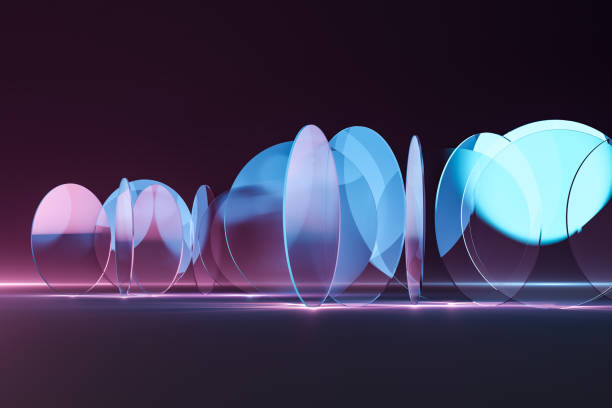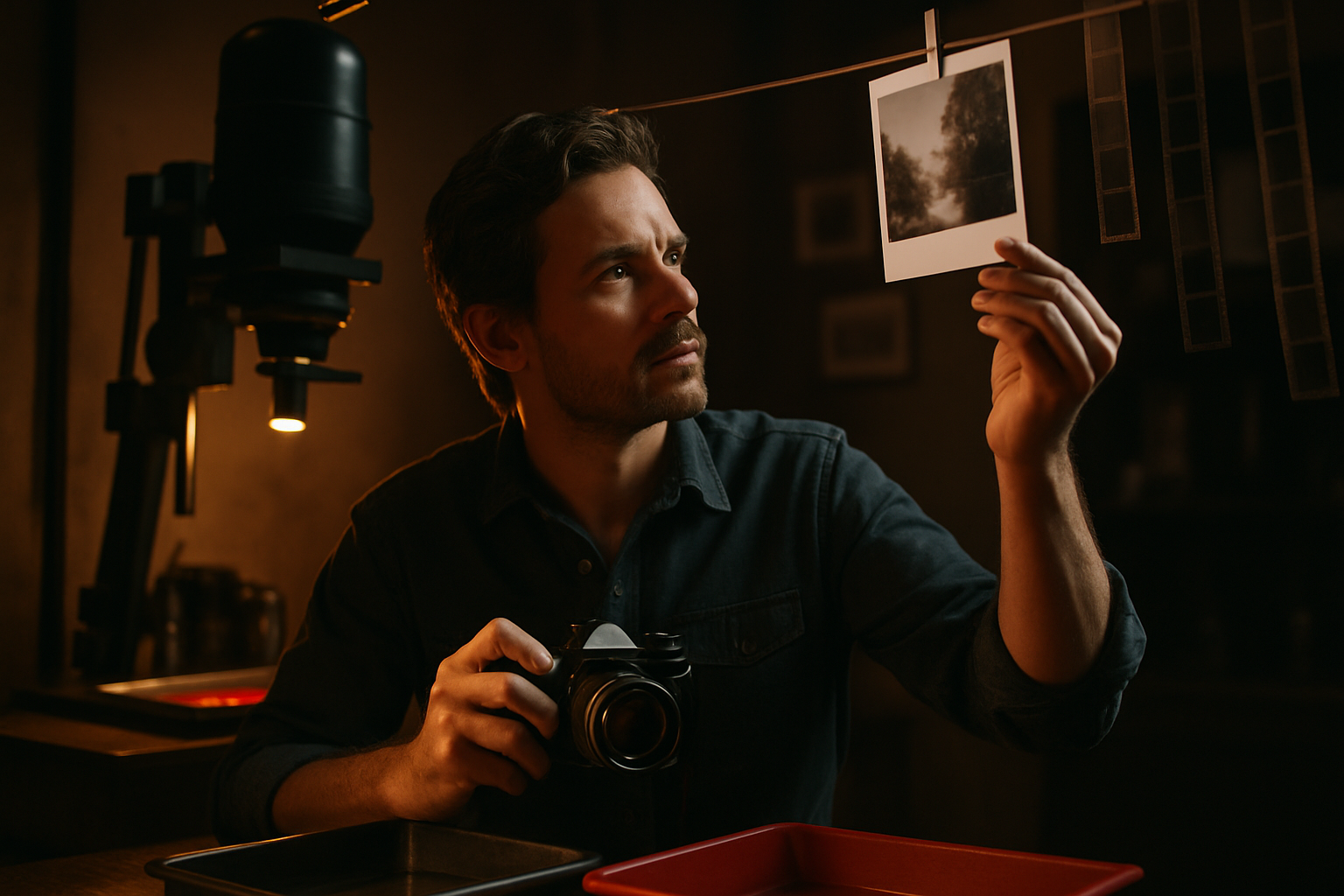Decoding the Health Benefits of Blue Light: A Scientific Exploration
Have you ever wondered about the effects of blue light on your health? As technology becomes an increasingly integral part of our lives, it's important to understand the impact of blue light exposure and how we can harness its benefits while minimizing potential risks.

The Dawn of Blue Light Research
Blue light is one end of the visible light spectrum, characterized by short wavelengths and high energy. Its most significant source is the sun, but it’s also emitted from digital screens and artificial lights. The study of blue light has a rich history, dating back to the 19th century when scientist John Herschel discovered the ultraviolet spectrum. In recent years, as screen time increases, research has intensified to understand the health implications of sustained blue light exposure.
Health Consequences and Current Trends
While excessive blue light exposure, especially at night, can disrupt sleep patterns and strain the eyes, it’s not entirely harmful. In fact, blue light plays a crucial role in regulating our circadian rhythm - the body’s internal clock that signals when to sleep and wake. It also boosts alertness, memory, and cognitive function. However, it’s essential to balance exposure to avoid potential adverse effects.
Uncovering the Science of Blue Light
Blue light influences the production of melatonin, the sleep hormone. During daytime, natural exposure to blue light helps maintain alertness and regulates sleep patterns. However, excessive artificial blue light exposure, especially at night, can disrupt this rhythm, leading to sleep disorders.
On the positive side, blue light therapy is being explored as a treatment for seasonal affective disorder (SAD), a type of depression that typically occurs during winter months due to reduced sunlight exposure. Initial studies suggest blue light therapy may be as effective as traditional treatments, offering a promising avenue for future research.
Practical Implications: The Balance of Blue Light
Given the pervasiveness of digital devices, it’s impractical to completely avoid blue light. However, it’s possible to balance its exposure.
- Use blue light filters on digital screens, especially during the evening.
- Take regular breaks from screens, practicing the 20-20-20 rule (every 20 minutes, look at something 20 feet away for 20 seconds).
- Prioritize natural light during the day, by working near a window or spending time outdoors.
- Avoid screens for at least an hour before bedtime to prepare your body for sleep.
- Consider glasses that block blue light if you spend long hours in front of a screen.
Concluding Thoughts
As technology continues to evolve, we must adapt and understand its health implications. Blue light, while a double-edged sword, can enhance our lives when used wisely. By understanding the science and implementing practical strategies, we can harness its benefits while mitigating potential risks. A balanced approach to blue light exposure can contribute to improved sleep, mood, and overall well-being. The key lies not in eliminating blue light, but in striking a balance that aligns with our body’s natural rhythms.




